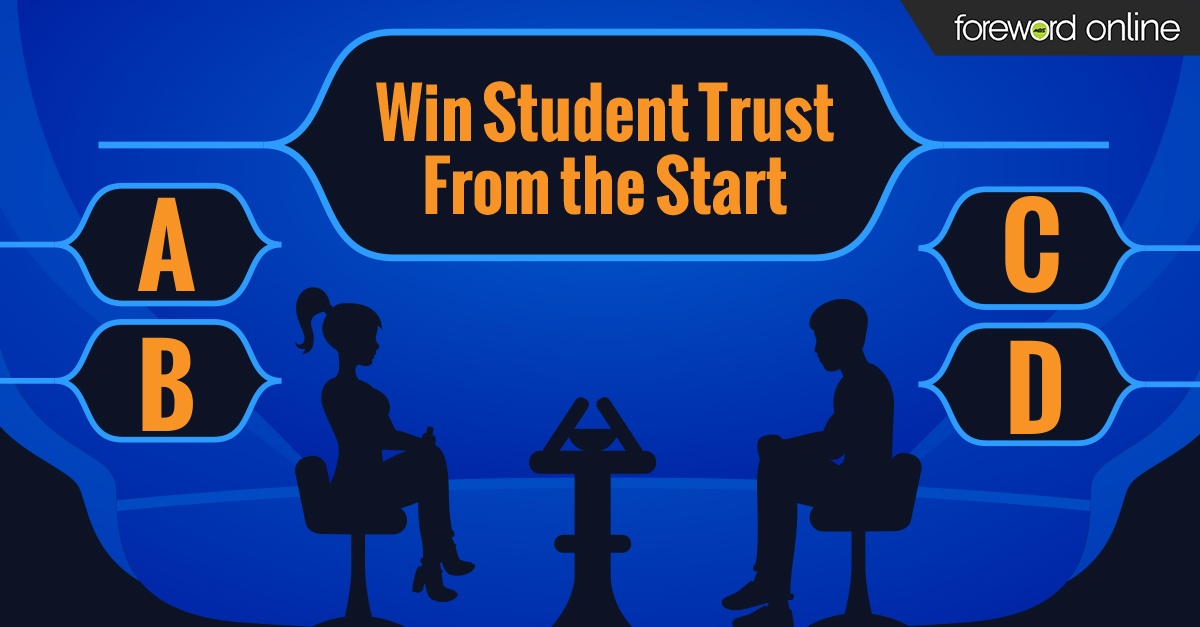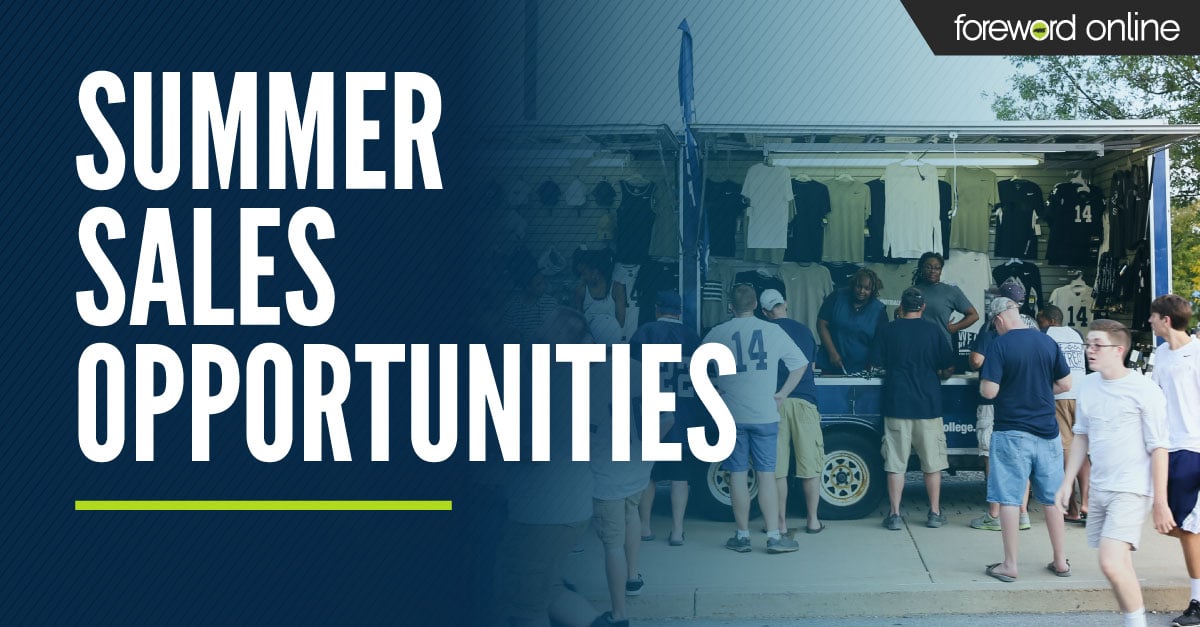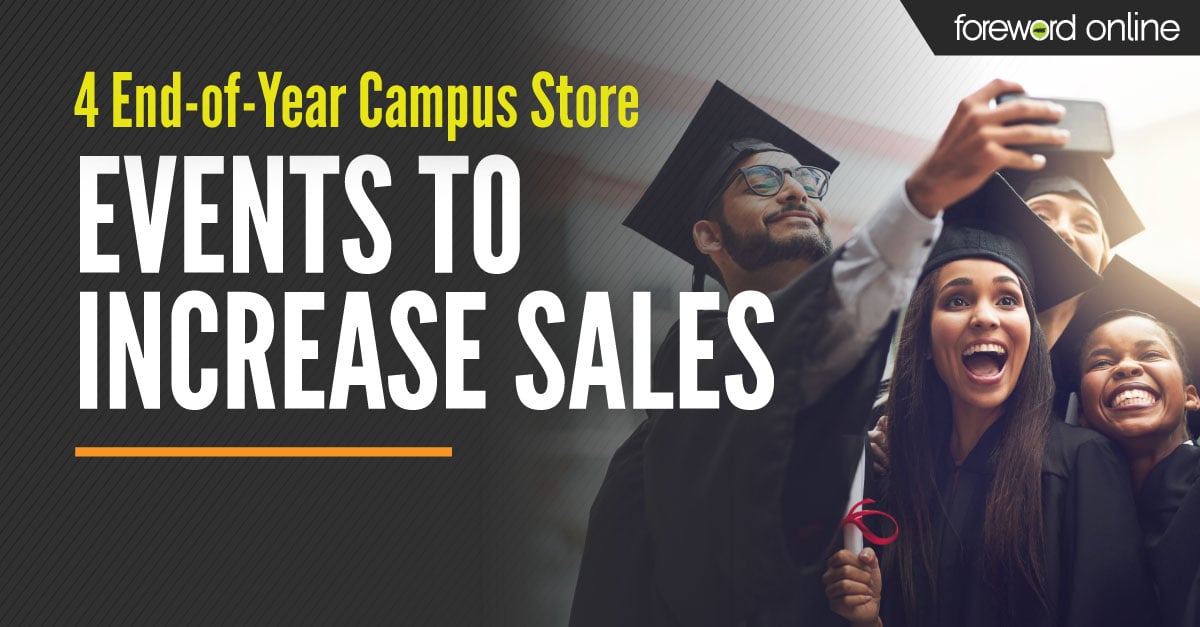A student stares down at rows of books, perplexed, eyebrows drawn together as she squints at the shelf tags between the constant stream of other students shuffling by. To her left, another student stands with his friends trying to look up the books he needs online.

“Oh, I think this is right,” he says, showing his friend the small phone screen.
“It’s a different cover.”
“It’s the same time title and cheaper.”
They shrug in unison before ordering the wrong edition from a questionable seller.
“Can you help me?” A student asks the closest adult carrying a stack of books. “I can’t find this book.” He points at his syllabus, which wasn’t updated from the previous semester.
An upperclassman pushing her way through the throng of students says, “I always forget it’s like this,” to her friend in the next aisle.
Up until last month, I had only experienced rush as a student. I fondly remember going to the college bookstore and finding my books, excited for the upcoming semester. Much like the upperclassman, I didn’t remember what rush was actually like, until I had the opportunity to experience rush again — this time on the other side of the counter. I had forgotten the confusion, the lines and the sticker shock at the actual cost of textbooks — three things I heard students repeatedly talk to each other, or mutter to themselves, about as they passed by.
Rush by its very nature is chaotic. Nearly the entire student body swarms the store in a short period of time, each student needing help and annoyed about a variety of factors. The employees, exhausted and frazzled, do their best to assist them, but providing the type of shopping experience students have grown to expect is impossible. It makes it hard to start the students’ relationship with the bookstore off on the right foot.
Four ways to win student trust from the start
- Introduction events
In the overwhelming bustle of rush, it is hard to think about adding to what you already do — that’s not what I am suggesting. However, knowing what students will experience getting their materials, interacting with them sooner and explaining the ins and outs of their course materials will make a huge difference in the perception of your store.
UCM University Store Director Charlie Rutt makes sure his store is part of student orientation, giving him a chance to explain the different course materials options and the chance to show students how the store saves them money while preparing them for the cost of course materials.
Another idea is to host a special evening event just for students who are new to your campus, giving them a chance to familiarize themselves with the store. However, if you absolutely cannot fit an event into the calendar before rush, plan an event after that shows your store cares about the students and their success in school. - In-store pickup
Offering online ordering and in-store pickup can remove at least one major step from what students have to do to get their books — finding the correct materials. Many students aren’t familiar with how to determine if they are picking out the right books for themselves. They don’t have or check ISBN numbers. Many don’t even know the author’s name. Providing an easier option with ordering online and picking up their stack of prepackaged books will make the experience more streamlined and remove a frustrating hunt for the correct books.
Director of the CU Book Store Chris Gotski said that preorders are a popular feature in their store. Streamlining the pickup process for orders has had a big impact on the student shopping experience and helps build a great relationship from the start. - Electronic shelf tags
Being able to display prices for a variety of course materials options and quickly update the inventory status, not only simplifies what the store has to do, but it also saves students from having to decipher multiple shelf tags or wait in long lines to find out if a book is truly out of stock.
“The shelf labels were more of a want initially, then it became a cost-saving measure. I told my boss about the new product, and he told me to go ahead and do it.” University of Southern Indiana Bookstore Manager Mike Goelzhauser “In the old days, if a customer had a question, they would have to come to an employee, we would write down the course and book, go back to a computer and find the answers for them. Now the answer can be on the label.” - Frictionless checkout
Shoppers want to get in and out of the store as fast as possible. It is no different for students. Having a POS that can handle and shorten wait times can go a long way in changing the customer’s experience. Saving even a just a few seconds per transaction can turn a long line into a much shorter wait for a customer. More than that, finding a reliable, stable system gives you the confidence that your store will be prepared for even the busiest times of the year.
UVU Bookstore Director Louise Bridge said, “The POS helps us get people through the store faster. The MBS POS screens are touchscreen, so it’s a lot easier to train the cashiers. We hire so many seasonal ones. Our old system just could not handle the amount of registers that we had, so it would go down.”





